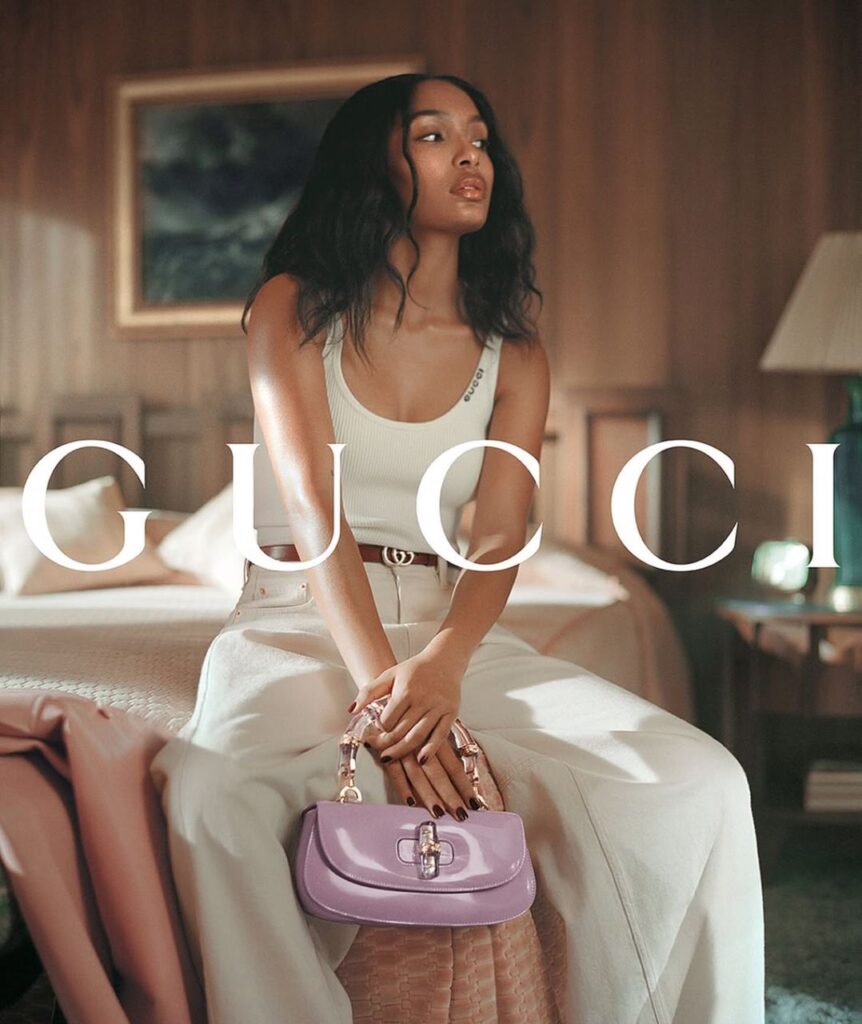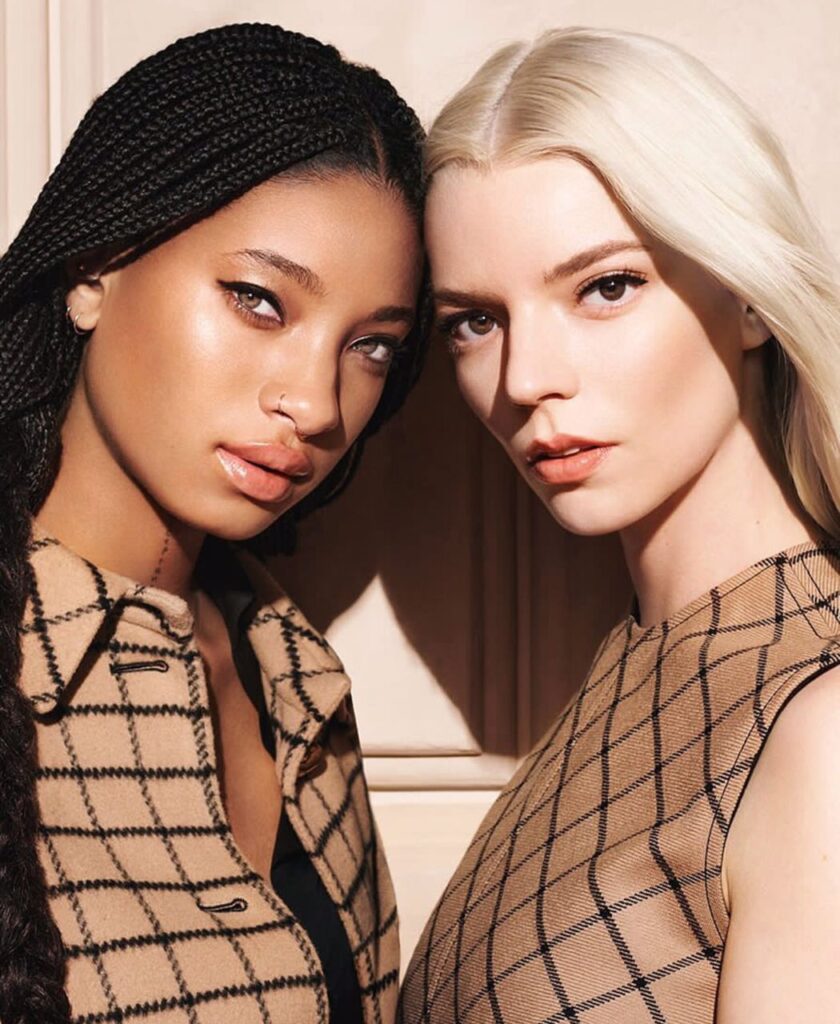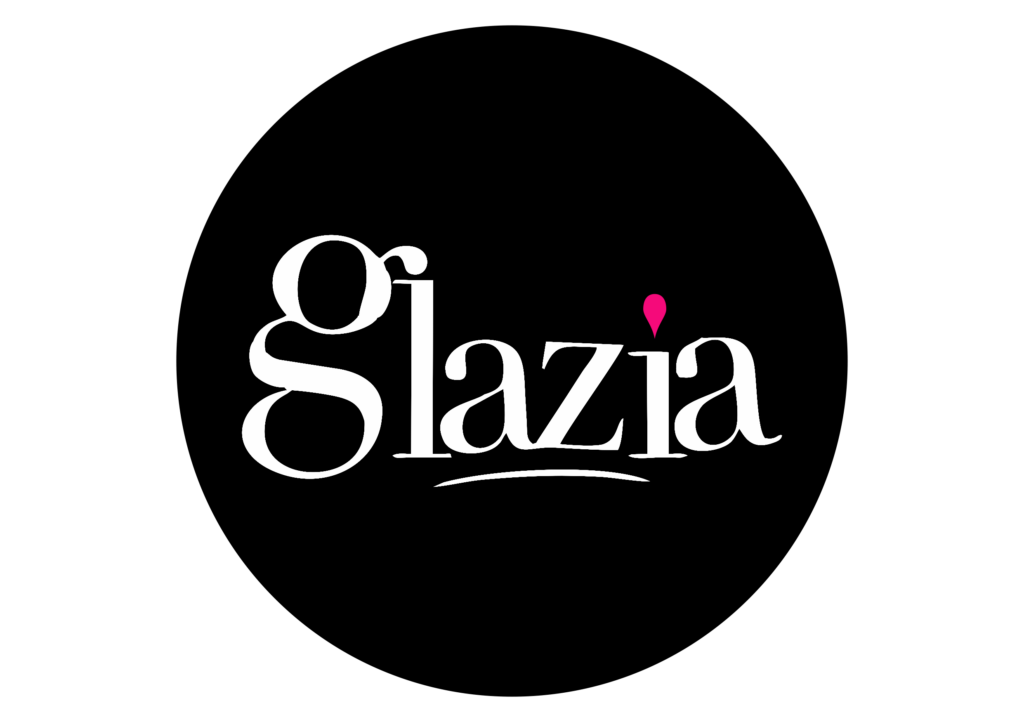Luxury fashion is a high-stakes game, and two of its biggest players; Dior and Gucci are facing contrasting challenges despite their shared history of rapid growth. Having doubled their sales in under five years, these powerhouse brands are now dealing with the fallout of their ambitious expansion strategies. However, while both are navigating headwinds, the nature and impact of their challenges differ significantly.
Dior and Gucci – Riding the Wave of Rapid Growth
Between 2015 and 2018, Gucci’s revenue soared from €3.9 billion to €8.3 billion, while Dior experienced a similar surge, growing from €6.4 billion in 2019 to €11.9 billion in 2023. Such exponential growth often comes with risks, as warned by Andrea Casotti’s La Celidora in 1734: “He who climbs too high, often falls precipitously.” The question now is; how are these brands handling the turbulence?
Gucci’s Bold Moves and Their Consequences
Gucci’s strategy under Alessandro Michele was defined by an embrace of streetwear and a commitment to bold, zeitgeist-driven fashion. This approach led to spectacular sales figures but also left the brand vulnerable to shifting trends. When the industry pivoted towards ‘quiet luxury,’ Gucci found itself out of sync. Attempting a dramatic aesthetic shift under Sabato De Sarno—moving from maximalist exuberance to understated elegance—failed to gain traction, leading to his departure.

Additionally, Gucci’s continued reliance on wholesale distribution and factory outlets, which accounted for an estimated 15% of sales even at its peak, contributed to its struggles. While the brand has worked to reduce its wholesale dependence over the years, its attempt to reposition itself in the luxury market has been less than seamless.
Dior’s Measured Approach
Unlike Gucci, Dior has taken a more measured approach to its growth. The brand has maintained tight control over distribution, limiting its reliance on wholesale and factory outlets. By focusing on a more exclusive retail model and avoiding an over-reliance on easy-to-sell products like sneakers and T-shirts, Dior has managed to sustain a stronger brand image.

Though Dior is undergoing leadership changes—Kim Jones has departed as men’s artistic director, and Maria Grazia Chiuri is expected to exit later this year—the brand is not undergoing a wholesale creative transformation. Instead, it is making calculated organisational adjustments, such as appointing former Miu Miu chief Benedetta Petruzzo as managing director.
Who’s Weathering the Storm Better?
The financial impact of these strategies is telling. In the third quarter of last year, Dior’s growth slowed but remained in the low double digits. Gucci, on the other hand, saw sales plummet by 25%. Moreover, Dior’s position within LVMH allows it to absorb short-term weaknesses more effectively, whereas Gucci’s performance is far more critical to Kering, contributing 61% of the group’s revenue.
While neither brand has fully addressed its challenges, Dior’s cautious approach appears to be yielding a softer landing compared to Gucci’s more tumultuous transformation. As both navigate these shifting tides, the luxury market watches closely to see which strategy proves more sustainable in the long run.
Source: Business of Fashion
